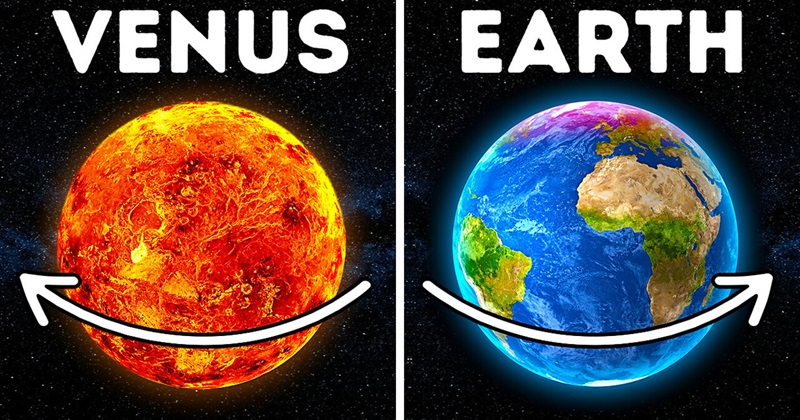
The peculiar rotation of Venus, distinct from other planets, has intrigued scientists for decades. The latest research, led by US-based scientists Valeri Makarov and Alexey Goldin, delves into the possibility that an ancient moon with a backward orbit might be the key to understanding Venus’s unusual spin. Utilizing computer simulations, the scientists explored how the gravitational influence of this moon could contribute to Venus’s unique rotation, shedding light on the chaotic conditions of the early solar system.
While Venus presents a harsh environment today, characterized by extreme temperatures and high atmospheric pressure, scientists believe that it may have shared similarities with Earth and Mars in the distant past. However, the planet remains shrouded in mystery due to limited data and exploration missions.
Researchers are turning to climate models of Venus to unravel the factors influencing its current inhospitable state. One prevailing theory regarding Venus’s backward rotation suggests that a significant cosmic collision, possibly with an object as large as Venus itself, could have occurred during its early history.
Venus, a captivating neighbor in the solar system, harbors several surprising features. With an exceptionally slow rotation, requiring 243 Earth days for a single spin, it boasts a day longer than its year. The planet’s surface showcases diverse geological features, including expansive volcanic plains and towering mountains. Additionally, its atmosphere experiences super-rotation, with winds at the cloud tops reaching remarkable speeds.
Despite its intriguing characteristics, Venus remains one of the least understood planets, hindered by limited exploration and a complex geological landscape. The ongoing efforts to uncover the mysteries of Venus contribute to its status as one of the most astonishing celestial bodies in our solar neighborhood.

Post Your Comments